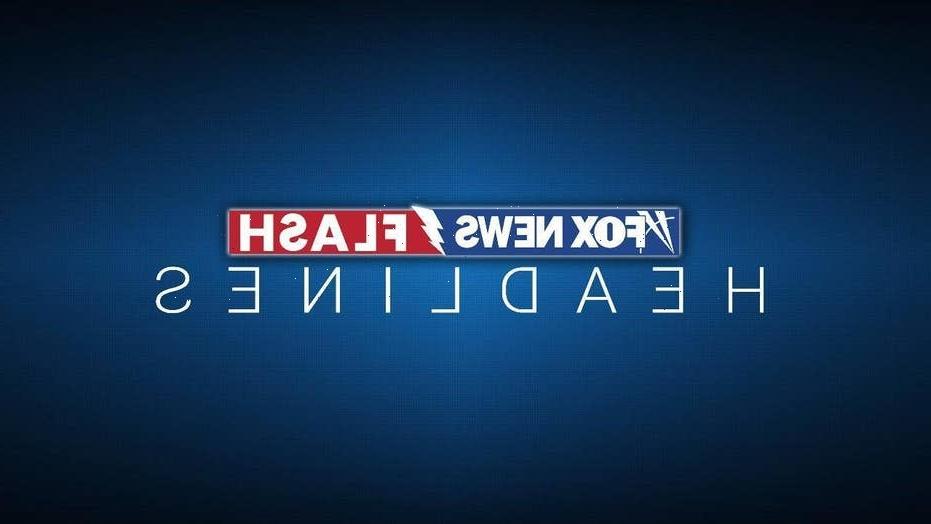Many parents might be looking for money from the child tax credit payment this January but they're not going to see it arrive Jan. 15 or shortly afterwards.
What's more likely to show up is a tax letter from the Internal Revenue Service related to the child tax credit. Don't throw it away.
You might not be expecting to see a notice from the IRS but this letter is essential to help prepare your 1040 tax return for 2021 and possibly claim any more money that you're due.
Unfortunately for 36 million families the advance child tax credit payments aren't going to cover any bills in January, as some might have expected.
►'Almost impossible': Latinos open businesses faster than any other group but face hurdles
►IRS is buried:A paperwork overload at the tax agency will mean a 'most challenging' year for taxpayers.
Efforts to extend the payments into 2022 collapsed in Congress when President Joe Biden's Build Back Better Act met heated resistance last year.
Families across the country are looking at losing an average $444 a month as the program is halted, based on December data.
The total payout for December alone for the advance child tax credit was $16 billion nationwide.
Democrats continue to look for ways to extend the expanded child tax credit but U.S. Sen. Joe Manchin, a West Virginia Democrat, has put up a string of roadblocks that are stalling the extension of the expanded child tax credit into 2022.
What should you do with the IRS letter?
You're going to want to keep the IRS alert, called Letter 6419, with your tax paperwork. Referring to this letter for preparing your 2021 tax return can help avoid a long wait for any tax refund you're owed.
Families who received the advance child tax credit need to file a 2021 income tax return to collect any extra money that's owed.
What many families might not realize is that the monthly payments last year were designed to represent only half of a family’s estimated total credit.
The letter, according to the IRS, will include the total dollar amount of the monthly advance child tax credit payments that you received in 2021. The letter also will list the number of qualifying children used to calculate the advance payments.
If a baby was born in 2021 or the family adopted a child in 2021, the child would not have received any advance payments and those payments would be claimed on the 2021 tax return.
If you received money from July through December last year for the child tax credit, you're going to need to compare the payments that you received with what you'd actually be qualified to get based on your 2021 income and family situation.
►Struggling at Wordle?: 3 tips to mastering the viral word game
►What's not to love?: The US savings bond that earns 7% with inflation protection, yet gets ignored
The IRS notes that the letter contains important information that can make preparing their tax returns easier.
Also, families who received the advance child tax credit payments can check the amount of their payments by using the child tax credit update portal at IRS.gov.
Mark Luscombe, principal analyst for Wolters Kluwer Tax & Accounting, said the taxpayer can check the information on the IRS.gov site for what the IRS says was paid in 2021.
You can compare what you received by looking at your bank statements. Child tax credit payments were made around the 15th of each month last year from July through December.
►Profit during inflation?: These 5 tips could help investors beat rising prices
►Housing market: Will there be a correction in 2022 after two years of 'hyper-growth'?
Possible reasons for differences, Luscombe said, might involve a situation where advance payments ended up going to a different bank account or a check was lost in the mail.
"If after checking the portal the taxpayer still feels that the Letter 6419 is in error, they could then contact the IRS," Luscombe said.
Why you can't ignore the child tax credit
More money could be sitting on the table — and that's why it's essential to file a 2021 income tax return.
You're going to need to claim the other half of what could be owed by filing a 1040 return and reconcile amounts already received with what's owed to you.
Some families whose income rose in 2021 might not qualify for any more money now based on their income. But others will qualify for more money from the child tax credit.
Like last year, the IRS said, some individuals will need to file tax returns even though they are not required to file because of a low income.
You could be getting two IRS letters
Those who received the child tax credit — and a third stimulus check in early 2021 — would get two different letters in the mail.
In late January, the IRS is expected to begin issuing what's called Letter 6475 for those who received the third Economic Impact Payment.
The third stimulus payment was sent to millions of taxpayers beginning in March 2021.
But the IRS had some "plus up" payments for people who received a smaller amount in March or April based on their 2019 tax returns but qualified for more money after filing a 2020 income tax return, such as if their income dropped during the recession last year.
The IRS was issuing stimulus payments to some taxpayers all the way through December.
You'd turn to Letter 6475 to detail how much stimulus money you received in 2021 and whether you'd qualify to claim the Recovery Rebate Credit when you file the 2021 tax return this year.
The IRS noted that most eligible people already received the payments. "However, people who are missing stimulus payments should review the information to determine their eligibility and whether they need to claim a Recovery Rebate Credit for tax year 2020 or 2021," according to an IRS alert.
Nothing is simple
The child tax credit payments received are based on factors, such as income, filing status, and the number of children and their ages. As a result, you can't just assume you're eligible to receive the same amount of money as your best friend or neighbor.
The expanded credit was temporary, giving parents as much as $3,600 for each qualifying child, up from $2,000. Half of that money was to be paid each month from July through December.
As part of the monthly payments, families received up to $300 for each child through age 5 or up to $250 each for child from age 6 through 17.
The numbers any family might receive can vary all over the map. The Center on Budget and Policy Priorities and Wolters Kluwer Tax & Accounting ran some examples for the Free Press, based on the structure for the expanded credit in place for 2021.
Let's say a family has two children, a boy who is three years old and and a girl who is 12.
For this example, the maximum child tax credit owed for those two children would be $6,600 for a married couple filing a joint return or a single parent making $80,000 or less. The advance monthly payments would have been $550 each month for six months.
The remaining portion due would be $3,300 — half of the $6,600 in the child tax credit available for this example — once a 2021 tax return was filed.
But the credit goes down with a higher income. A single parent making $150,000 would be eligible in this example for a total credit of $4,700. When filing a 2021 return in that example with two children, the single parent would be owed $2,350.
A married couple in this example would still get at total $6,600 credit at the $150,000 mark.
Move the income up to $350,000 and the single parent doesn't qualify for any child tax credit but the married couple filing a joint return would still qualify for a total of $4,000 — which includes $2,000 when filing a 2021 return.
Reconciling the credit becomes more complicated, of course, when there is a significant difference in incomes in 2020 and 2021.
Tax filers aren't going to pay taxes on their advance child tax credits — or that third stimulus payment — but they do need to file tax returns to make sure they received what they're qualified to get.
Contact Susan Tompor via [email protected]. Follow her on Twitter @tompor. To subscribe, please go to freep.com/specialoffer. Read more on business and sign up for our business newsletter.
.oembed-frame {width:100%;height:100%;margin:0;border:0;}
This article originally appeared on Detroit Free Press: Child tax credit 2022: How IRS letter could help earn more money
Source: Read Full Article



